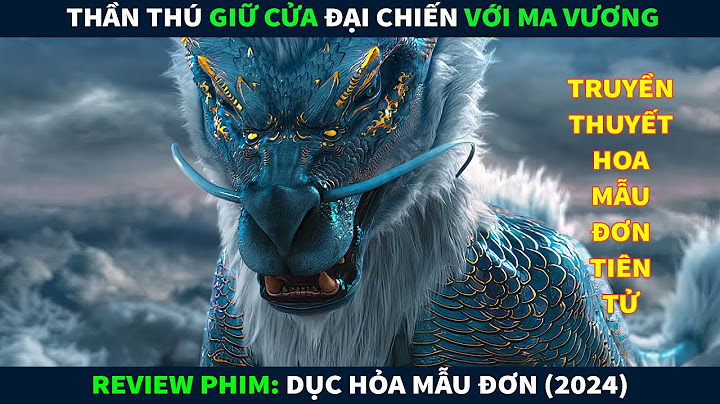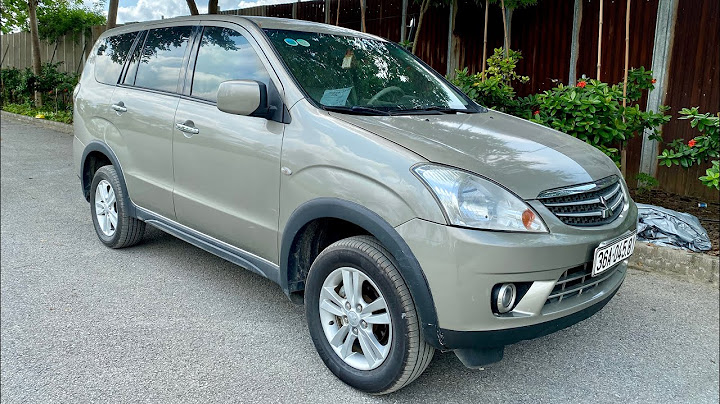And that’s where the similarities end! Though these two companies would eventually come together in the 1980s to manufacture Konica Minolta products and although both have been commissioned in the last thirty odd years to produce prime lenses for Leica, their philosophies could not be more different. On the one hand we have Minolta; an established mid-weight Japanese optical company whose main focus was in the area of enlargers, the earliest coupled aperture 35mm bodies and a strong presence in copying equipment. Konica on the other hand started its life off as a company dedicated to photographic supplies such as film, paper and eventually press ready bodies such as the Koni-Omega. Minolta maintained a strong presence in the 35mm SLR market and was the first camera producer to generate a successful autofocus body complete with an array of lenses and accessories. Whilst never as big as Nikon, Canon or Olympus; Minolta held its ground well throughout the 1970s and well into the 1990s. Not to mention that the Leica CL was twinned with the Minolta CLE - both tapping into a wealth of Japanese electronic know how and combined German-Japanese optical brilliance. Konica on the other hand was always a smaller player and considered itself a modest producer of tried and true products. The redeeming element of this philosophy was that their Hexanon lenses were the benchmark used by the Japanese government against which all other domestic products were compared. Hexanon quality was undeniable and just like Minolta, this proud Japanese optical company also paired with Leica and produced the formidable Hexar RF range. Coming back to the above lenses, both are f/1.4 and sit one notch below the flagship lenses produced by their respective companies. Both Konica and Minolta produced 50mm f/1.2 lenses in the Konica AR mount and the Minolta SR mount and these fetch in excess of AUD$450 and rightfully so given the optical properties of these ultra-fast primes. From a mirror-less camera perspective, both mounts are easily adapted to Sony NEX, Samsung NX and 4/3 or Micro 4/3. With certain modifications the Minolta SR mount can be adapted to Canon EOS (check online for directions) however the Konica is an elusive one. With a focal flange distance of just 40.95mm, the native bodies for which these lenses were designed are staggeringly thin! Minolta chose to go down the aperture-priority path by incorporating an aperture tab on the aperture ring; this coupled to a ‘feeler’ on the body which was electronically linked to the meter to measure light through-the-lens (TTL) without stopping down. Another example of aperture tab to feeler is Nikon who used the same system on their film cameras from the mid 1970s until the 1990s. Today’s Nikon FM10 and even the F6 have this feeler for use with manual lenses. The other method employed was placing the aperture tab inside the lens mount so that the coupling was internal and not external as described above. Manufacturers who took this approach include Pentax with their K-Mount, Contax/Yashica with the C/Y mount, Olympus OM and Canon FD. Contrary to Minolta’s aperture-priority method, Konica took the slightly harder method which was shutter-priority. The reason this is harder is that it is easier to calculate an appropriate shutter speed based on a pre-set aperture. The internal computer takes the selected/coupled aperture and relates a relevant shutter speed to ensure correct (or close enough) exposure. Setting the shutter speed on the other hand and allowing the camera to select the appropriate aperture requires complex mechanical links to engage the lens’s aperture pin to a particular aperture opening so that the initial shutter speed selected by the photographer generates an acceptable image. The mechanical complexity is further augmented given that most cameras throughout the 1960s and 1970s became quite disgruntled and potentially damaged if the user selected a shutter speed, wound on (therefore engaged delicate linkages, springs and sprockets) then changed the shutter speed after winding on. This could result in bent linkages, strained springs and worn cogs. For Konica to set out a design where this was even possible is a remarkable feat in itself. To bring this into perspective, Konica had perfected this design and layout in the early 1970s whilst other manufacturers didn’t tackle the idea until the mid 1980s and even then they relied on more electronics than mechanical componentry. A big kudos to Konica and an appreciative nod to Minolta; now if only Minolta would creep back into the consumer scene and give us a full frame mirror-less from its daughter company Sony. Maybe even have Konica coaxed out of retirement to hand down a set of Hexanon primes - 21mm, 28mm, 35mm, 50mm and 85mm? Sorry, we just need to make sure you're not a robot. For best results, please make sure your browser is accepting cookies. Type the characters you see in this image: Try different image Conditions of Use Privacy Policy © 1996-2014, Amazon.com, Inc. or its affiliates |




















